Types of Lighting
Swipe through the lighting types and learn when and how to use them effectively in design.
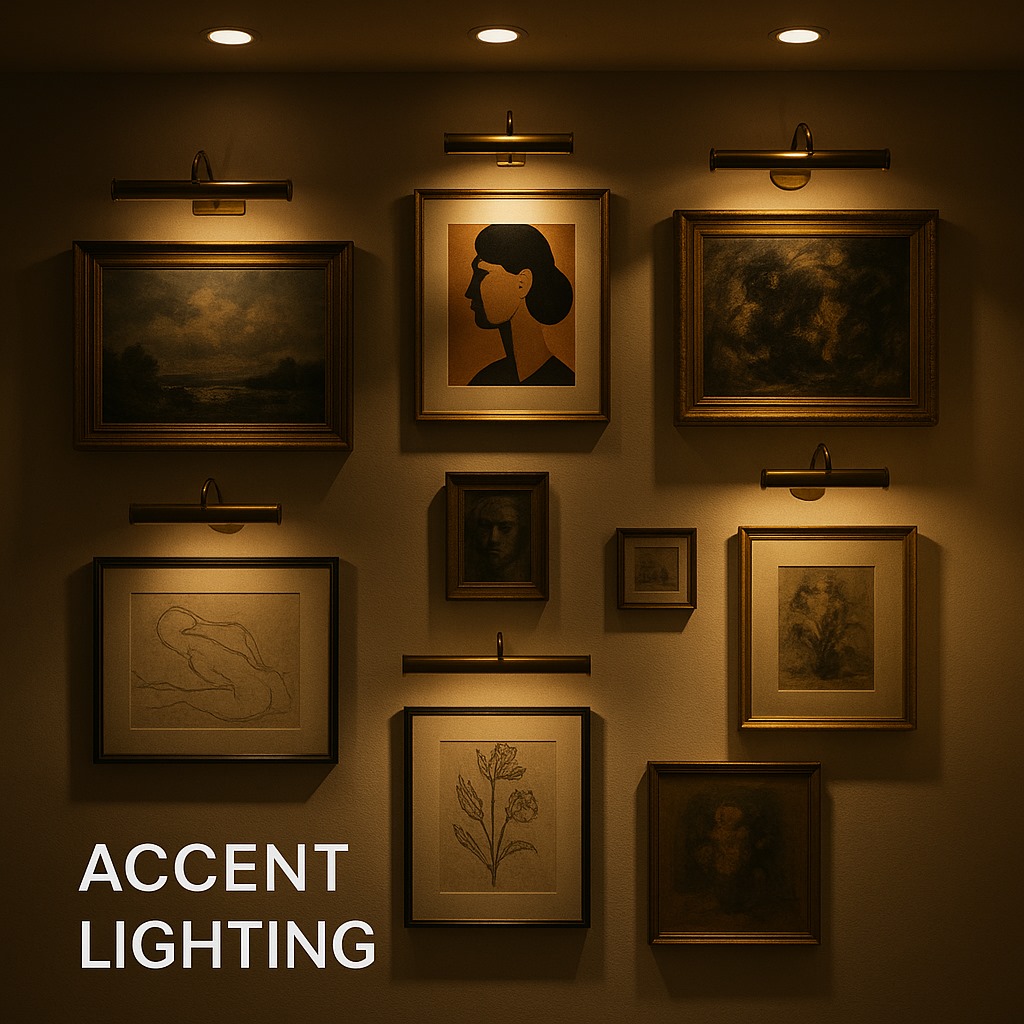
Accent Lighting
Used to highlight artwork, architectural details, or focal points in a room.
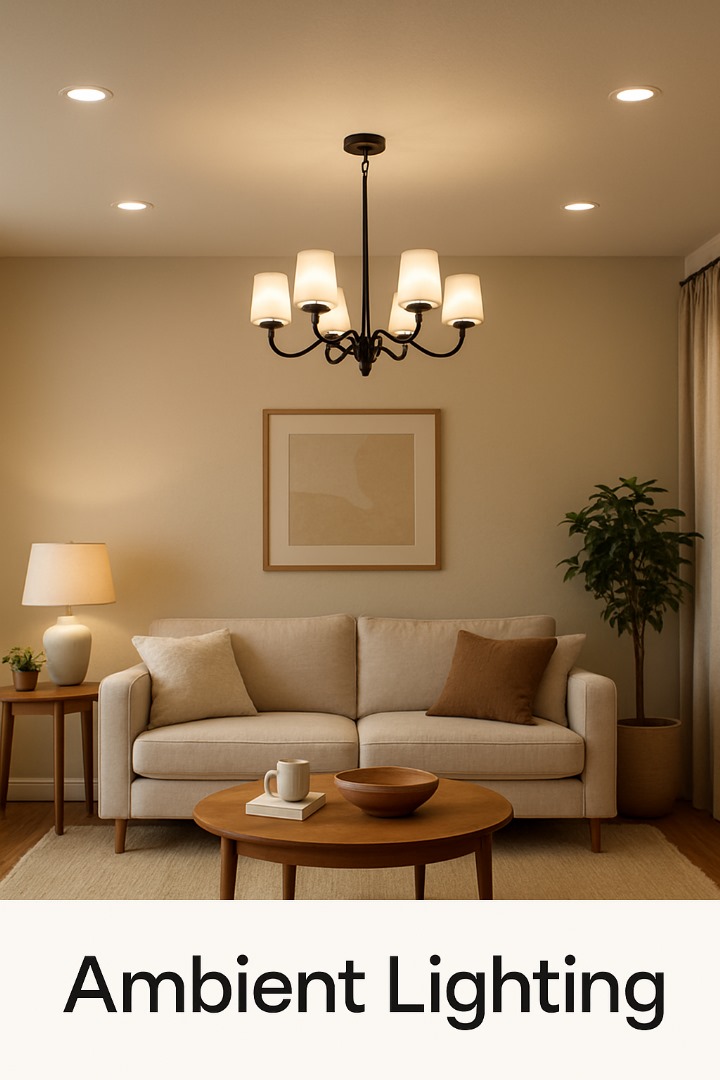
Ambient Lighting
Provides overall illumination for a space, ensuring general visibility and comfort.
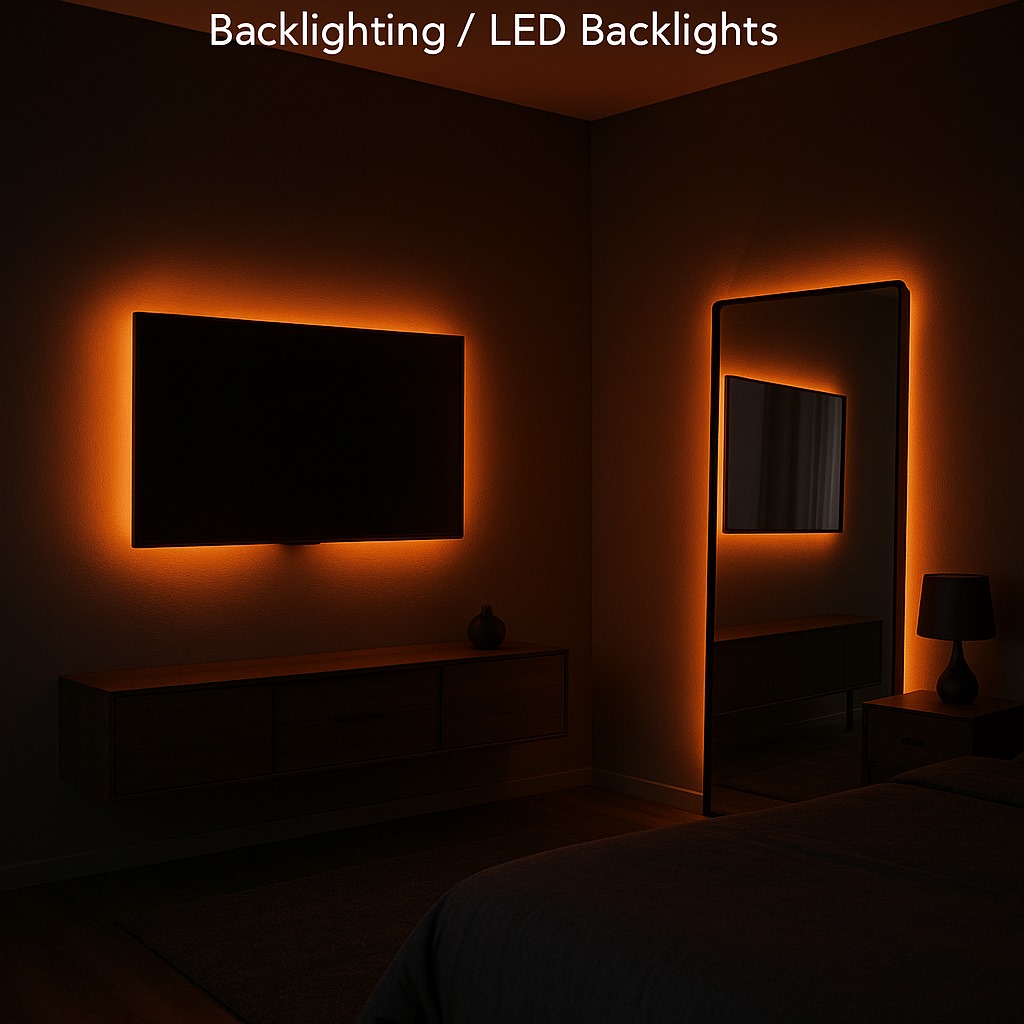
Backlighting
Creates a glow behind objects or displays, commonly used in signage and displays.
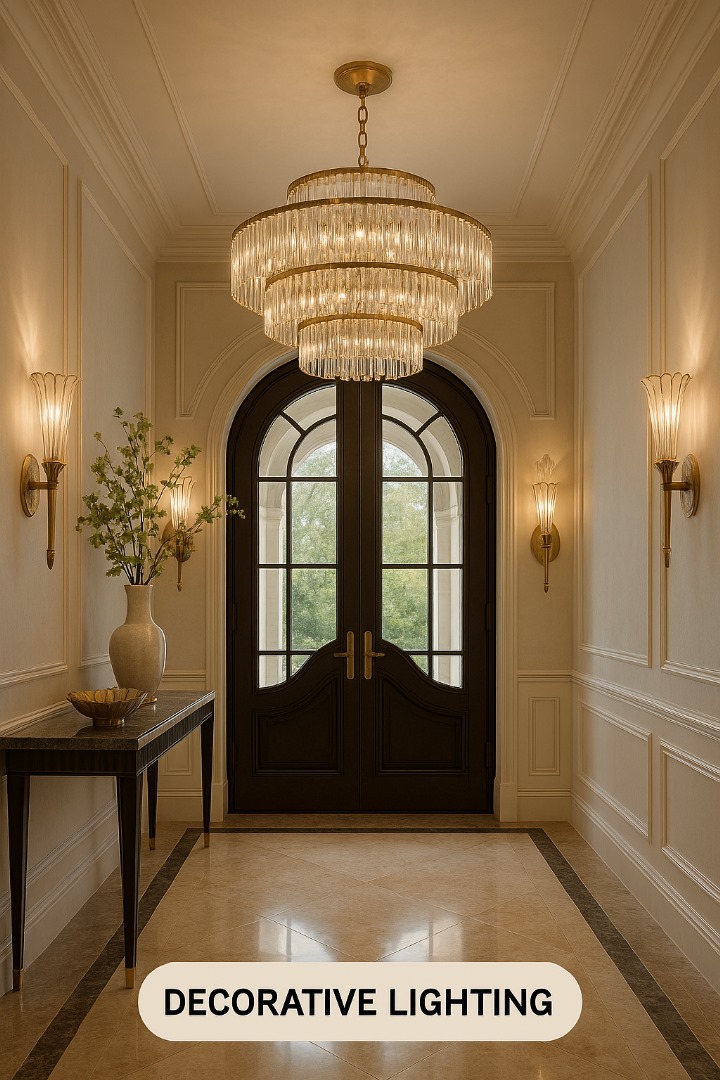
Decorative lighting
Fixtures that serve both lighting and aesthetic purposes, such as chandeliers, pendants, or wall sconces.
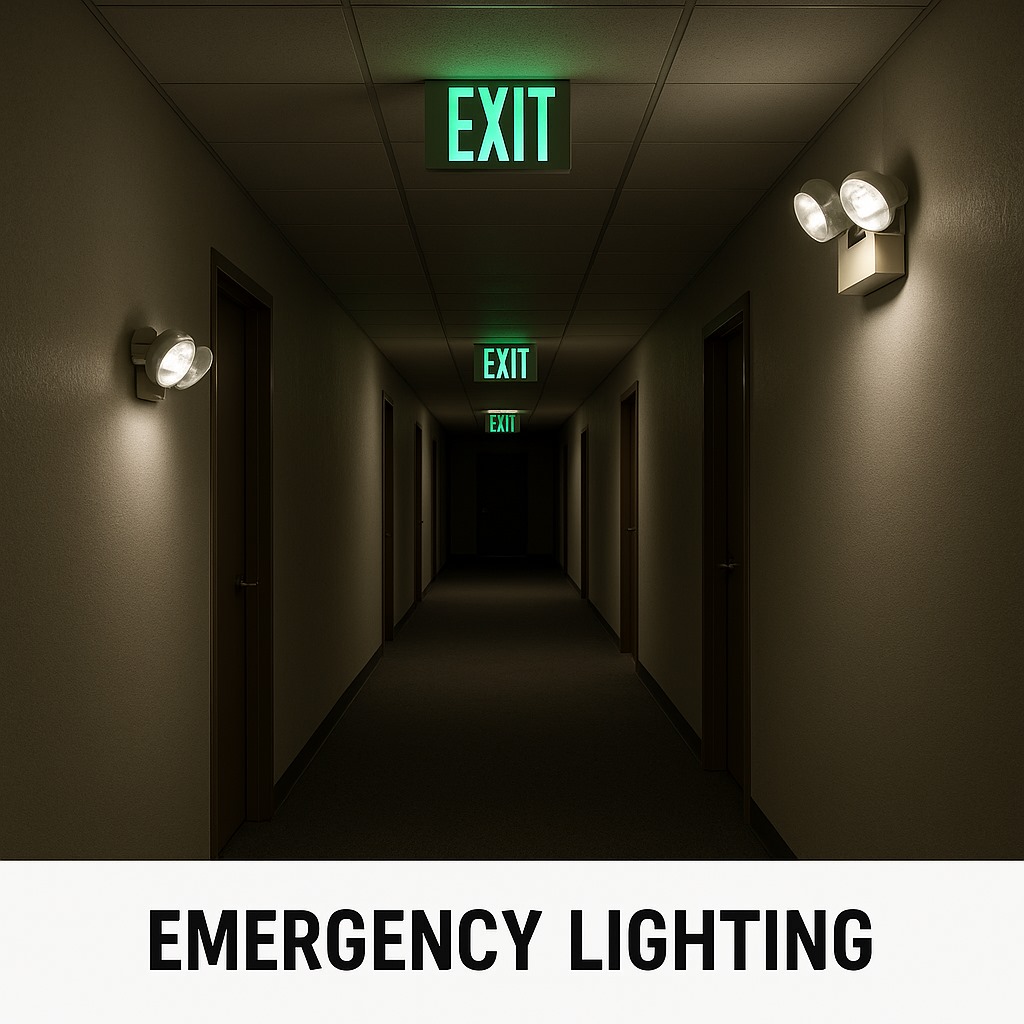
Emergency lighting
Automatically activates during power outages to provide illumination for safe evacuation and movement.
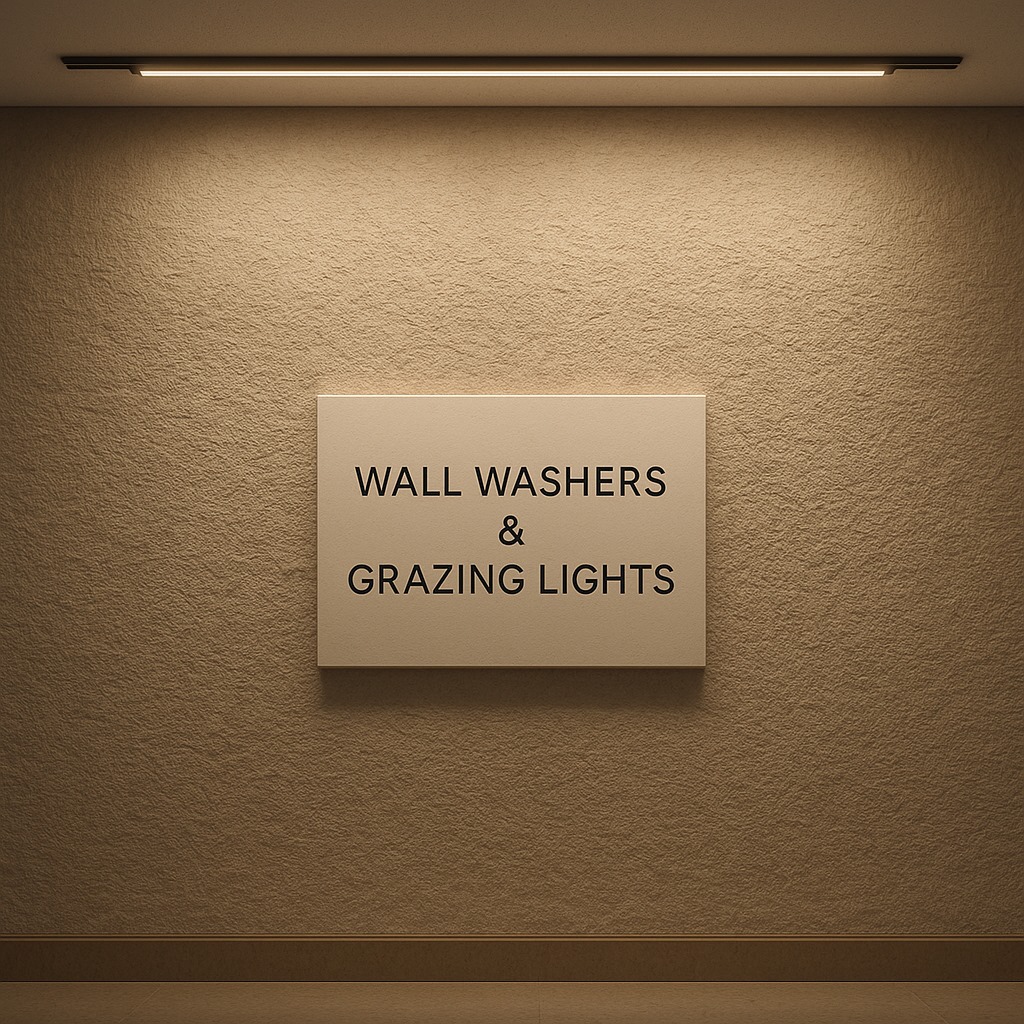
Grazing lighting
Placed close to textured surfaces to highlight details and create dramatic shadows on walls or stone finishes.
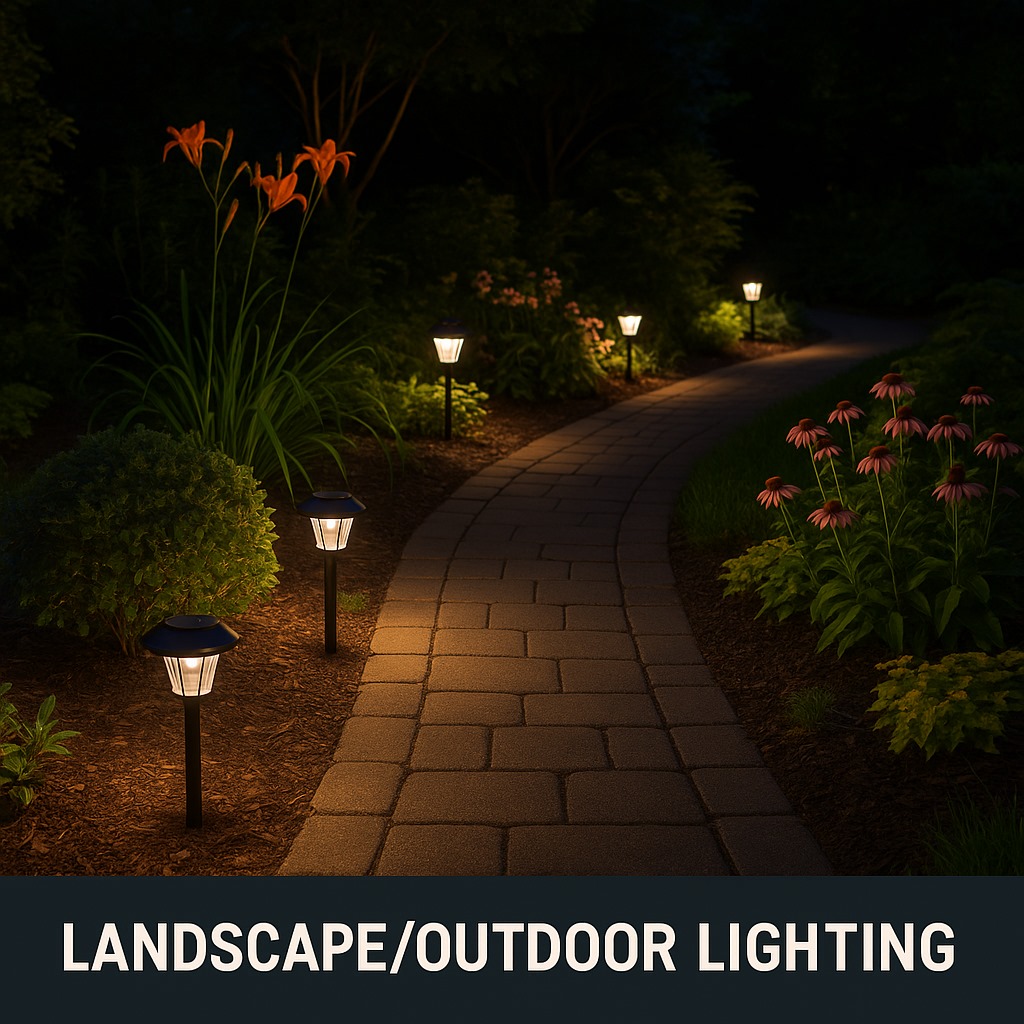
Landscape lighting
Used outdoors to illuminate pathways, trees, water features, and architectural elements for safety and beauty.
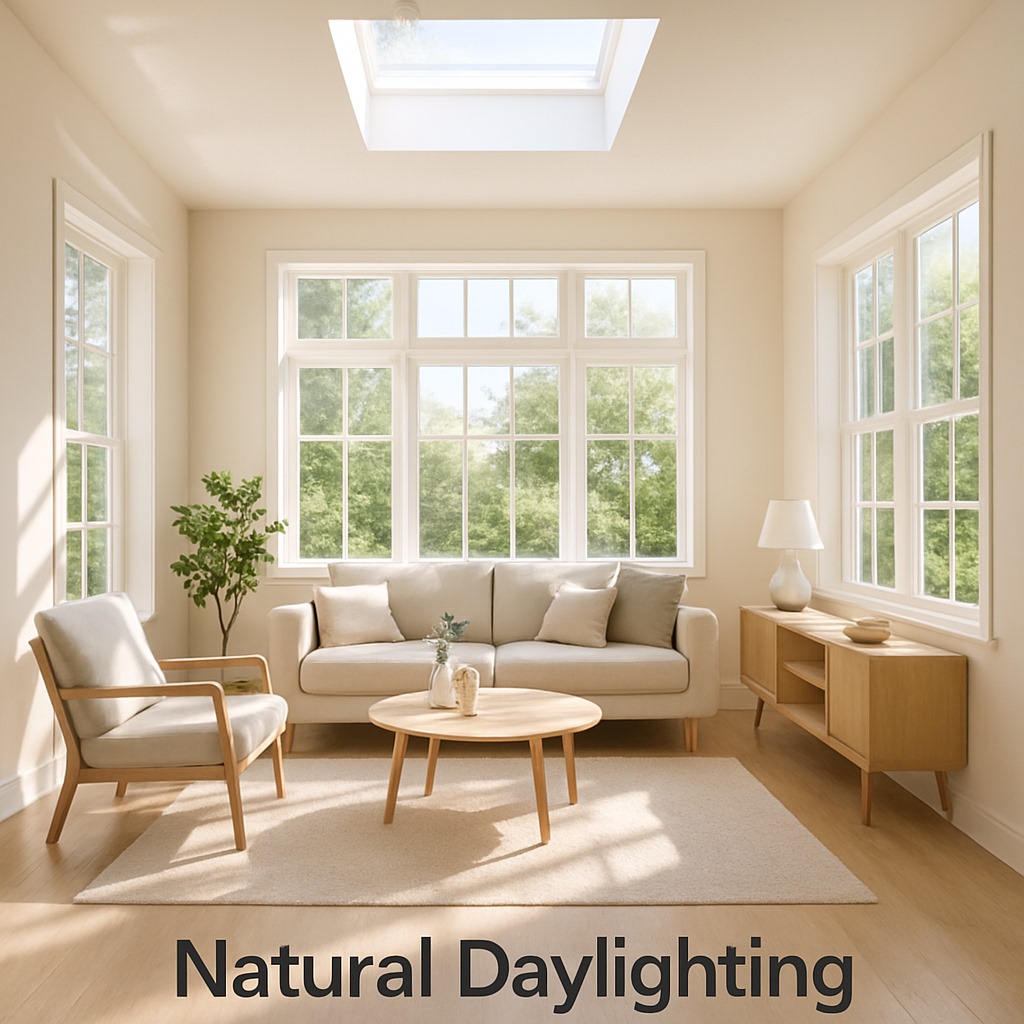
Natural lighting
Harnesses sunlight through windows, skylights, or light tubes to brighten spaces naturally and reduce energy use.
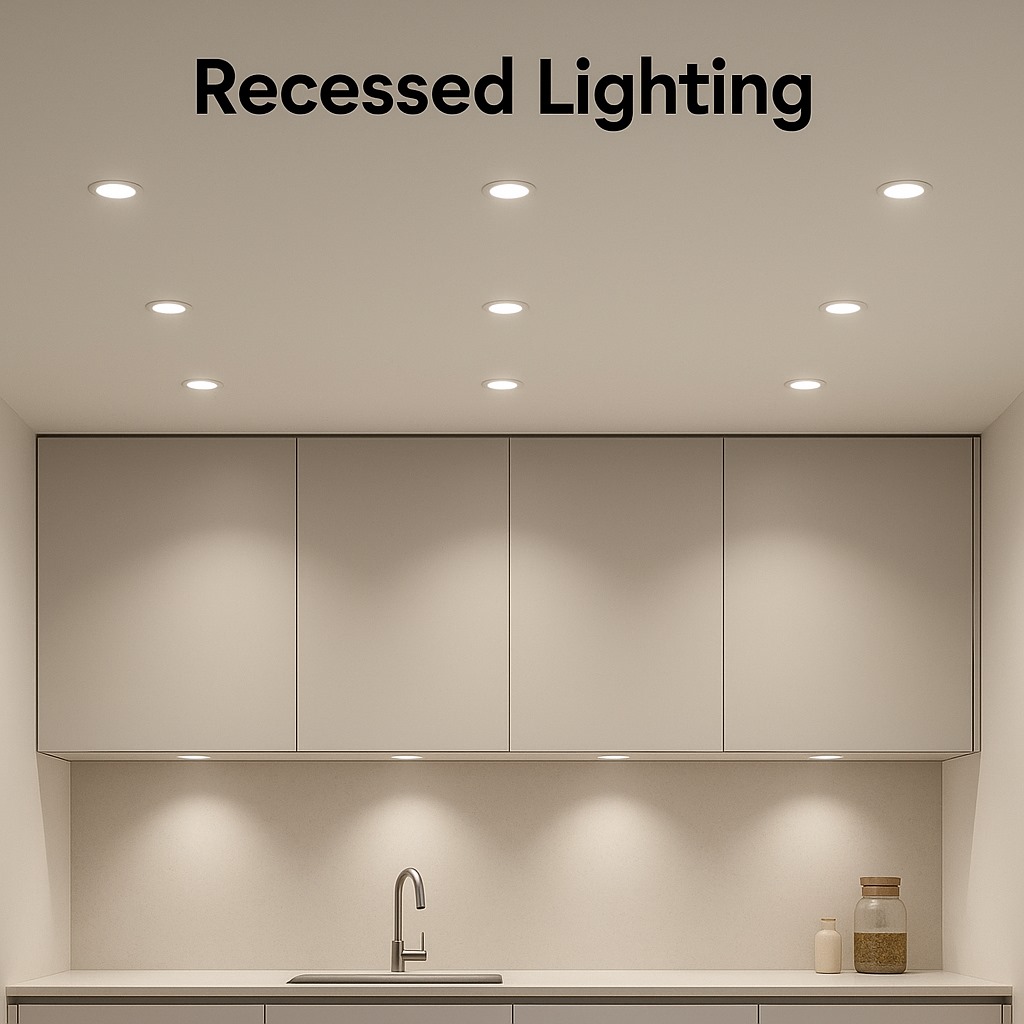
Recessed lighting
Sleek, ceiling-integrated fixtures that provide directional light, offering a clean and unobtrusive look. Ideal for spotlighting areas or creating ambient illumination without bulky hardware.
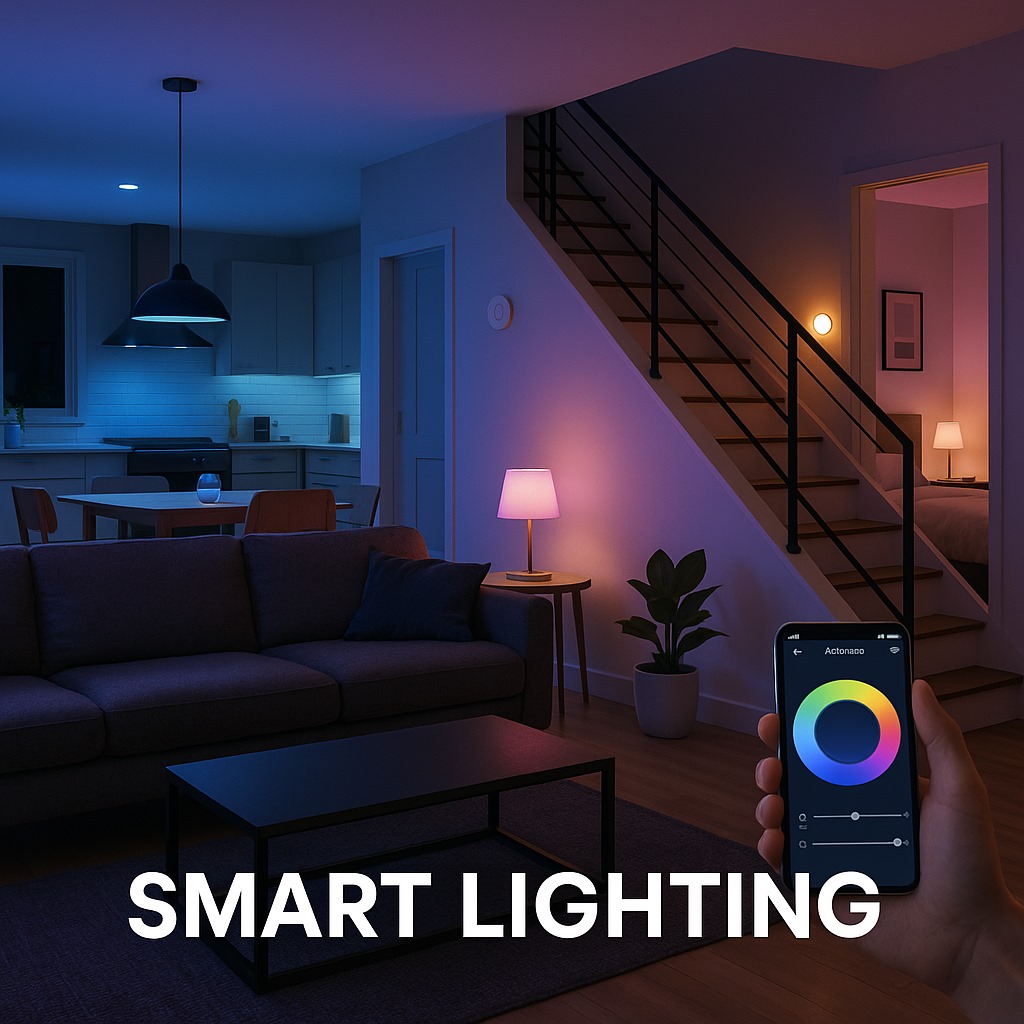
Smart lighting
Uses automated controls, sensors, or voice commands to adjust brightness and color, enhancing convenience and energy efficiency.
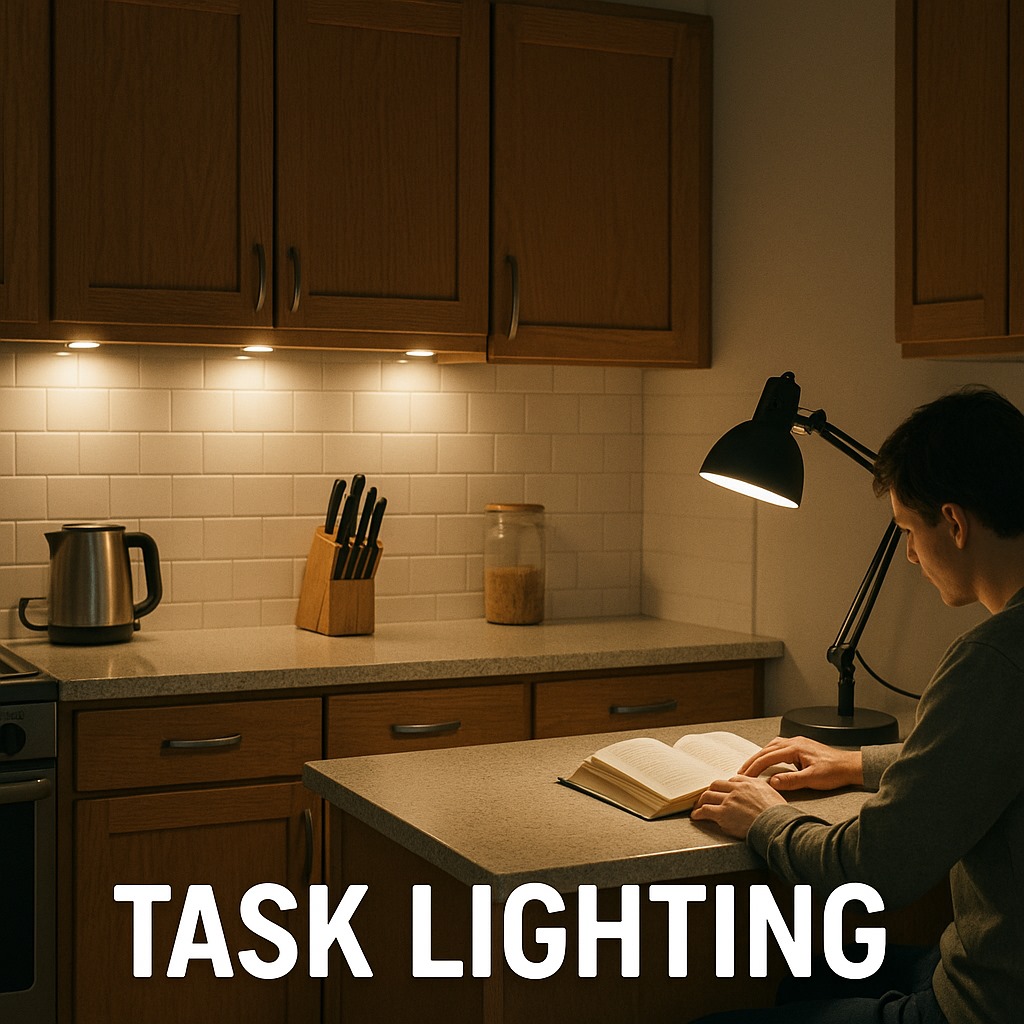
Task lighting
Provides focused, bright illumination for specific activities like reading, cooking, or working to improve visibility and reduce eye strain.
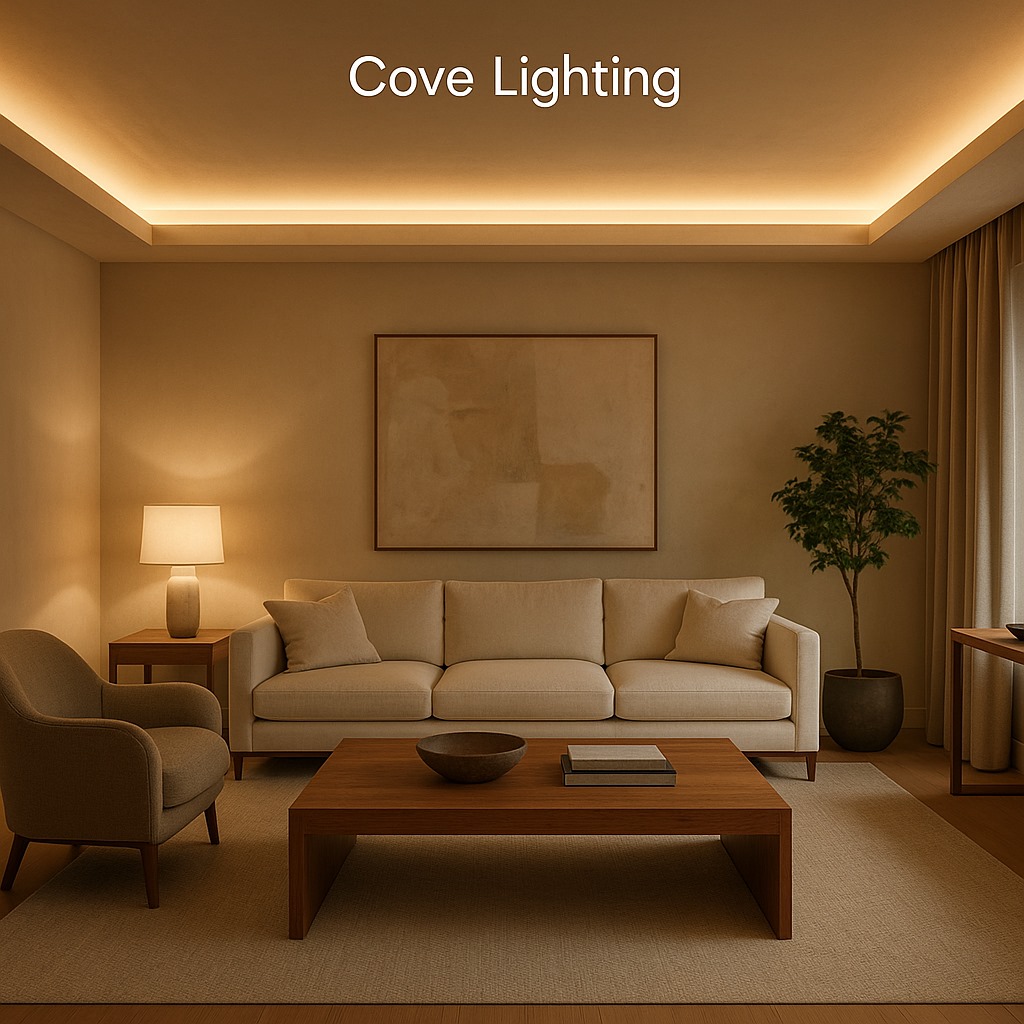
Cove lighting
Discreet, indirect lighting installed in ledges, recesses, or valances to create a soft, ambient glow. Enhances architectural details and adds warmth without visible fixtures. Perfect for living rooms, bedrooms, and ceilings where a modern, elegant ambiance is desired.